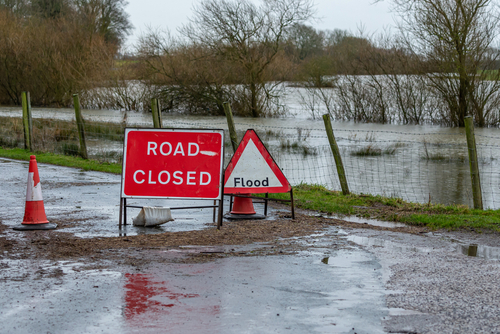The Federal Reserve Bank of New York released a report this week that nearly one in ten properties in the tristate New York, New Jersey, and Connecticut area are at high risk of flooding.

The report, called “Flood Risk and the Tristate Housing Market,” said that these at-risk properties rank among the top 25 percent of the riskiest properties nationally. They have the same flood risk category as some homes in coastal Florida, Texas, and Louisiana.
The report found that the one million properties in the tristate area that are at high risk of flooding house more than 4 million people. This includes more than 2.5 million people in New York State, nearly 1.2 million people in New Jersey, and almost 350,000 people in Connecticut. In some communities, like Long Beach, N.Y., and Keansburg, N.J., 90 percent of the properties are at high risk of flooding.
“The threat of floods in the tristate area isn’t confined to the coasts,” Jake Scott, a community development analyst at the New York Fed and an author of the report, said. “Extreme rainfall, flash floods, and overflowing rivers threaten homes and businesses in inland cities including Buffalo, Syracuse, and Newark.”
Further, nearly 40 percent of these tristate at-risk properties, or 400,000 properties, are in low- to moderate-income census tracts. These properties include single-family homes and multifamily buildings, such as rental apartments, condominiums, and co-ops. Overall, they are home to more than 1.5 million people. The report adds that low-and moderate-income households are typically the least prepared to deal with flood-related expenses. These expenses include direct costs, such as property damage, and indirect costs, including falling property values and rising insurance premiums.
The report features case studies on how four communities — Keansburg and Hoboken in New Jersey and Syracuse and Brooklyn in New York – are dealing with the issues of flooding.
The report builds on earlier New York Fed research on flood risk. It was developed as part of the New York Fed’s Community Development efforts, which have three areas of focus: health, household financial well-being, and climate risk.